Acacia Yuan
In my Mom’s Asian kitchen, three must-haves are sesame seeds, seaweed, and Goji berries (Wolfberry). Whenever I felt sick, my Mom would say, “Here, drink some goji berry tea.” I couldn’t believe that tiny tear-drop-shaped berry would cure anything, not my runny nose or upset stomach. Until one day, Mr. Bruce Bohm, my chess teacher, suggested visiting a local farm called Phoenix Tear Nursery in Cache Valley.
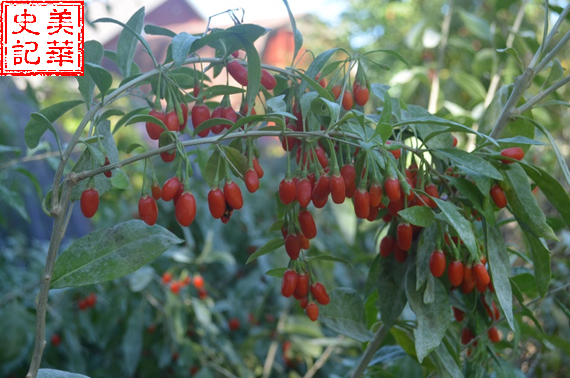
Figure 1. Goji Berry at Phoenix Tear Nursery, Utah, 2022, Photo by Tina Feng
Phoenix Tear Nursery is a 2-acre family farm with apple orchards, spring-fed ponds, and lots of Goji plants. In 2004, Dr. Donald Doug, a professor at Utah State University and owner of the land, was hunting deer with his son, Nathen, at a friend’s ranch Northwest of Great Salt Lake and suddenly stumbled across a patch of lush green foliage with bright red berries. “Next to this old and broken cabin were other plants with berries! It is just the time of the year! “ 1 Nathan Doug, the current owner and son of Dr. Donald Doug, passionately recalled.
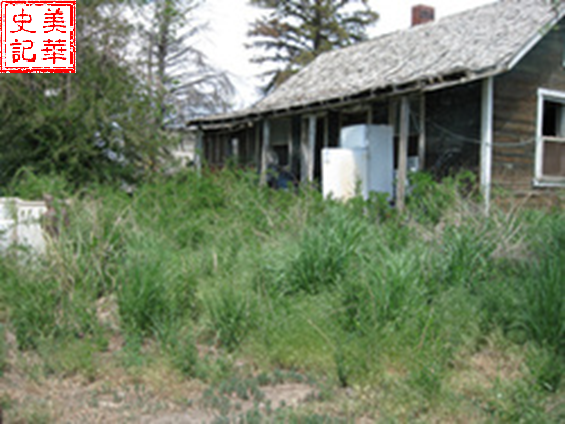
Figure 2. Original Source of Phoenix Tears Wolfberries, Source: www.phoenixtearsnursery.com 2
Dr. Doug asked around, but no one knew what the wild plant was. Impressed by its outstanding vitality among plain sagebrush and dry sands, he took some berries home and started his research. It turns out they were Goji berries, the fruit of Lycium barbarum, a species of boxthorn in the family Solanaceae native to China. He planted a few seeds in the ground of the now Phoenix Tear Nursery, but the question remained: Were they really from China? He sent a sample to a research lab to find out.
According to DNA tests, the plants in Phoenix Tear Nursery indeed originated in Ningxia,a Province in Northwest China and the Capital of Goji in the world. But how did the seeds travel 6000 miles and land in Utah?

Figure 3. Locations of Ningxia, China, and Utah, US. Google Map, 2023.
From 1864 to 1869, somewhere between ten thousand and twenty thousand Chinese laborers were the primary force who constructed the west section of the First Transcontinental Railroad. After the east railroad section met the west at Promontory, Utah, on May 10, 1869, some Chinese workers stayed and worked at way stations between Kelton and Lucin, Utah. Most of them had the Goji berries in their diets, just like my Mom.

Figure 4. Sinks of Dove is 49 miles west of Promontory, Google map, 2023.
The largest camp of Chinese Workers was west of Kelton at the Sinks of Dove Creek, also called Duff Creek, named after John Duff, a Union Pacific Railroad official. The Dove Creek Fill was built to traverse a large intermittent drainage. According to the burial tradition of China, “Ye Luo Gui Geng” (Falling leave return to the root), many deceased Chinese laborers’ remains were sent to the Sinks of Dove Creek camp and eventually transported to San Francisco, from where to be shipped back home.
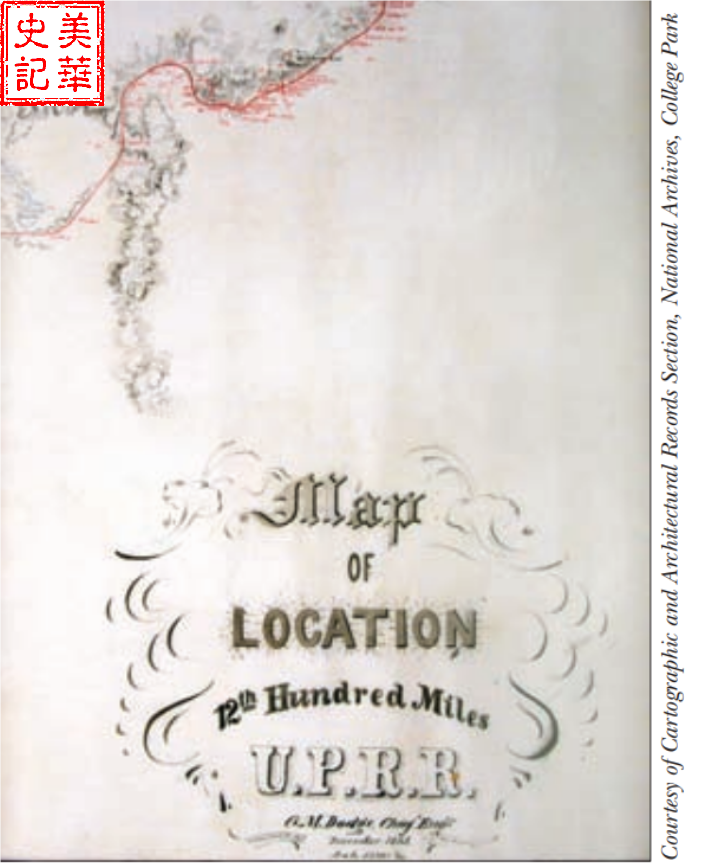
Figure 5. Cartouche of Union Pacific Map of Location for the 12th hundred miles of line surveyed in 1868 was positioned below the section showing that railroad running over Red Dome Summit west of Promontory 5
There are still old myths about the lonely spirits roaming Sinks of Dove Creek waiting for a ride, such as a story by ranger Steve Ellison. He said he heard whispers in Chinese on the site of the Dove Creek Camp.The ranch where the Goji bushes were first found is just a couple miles north of Sinks of Dove Creek.
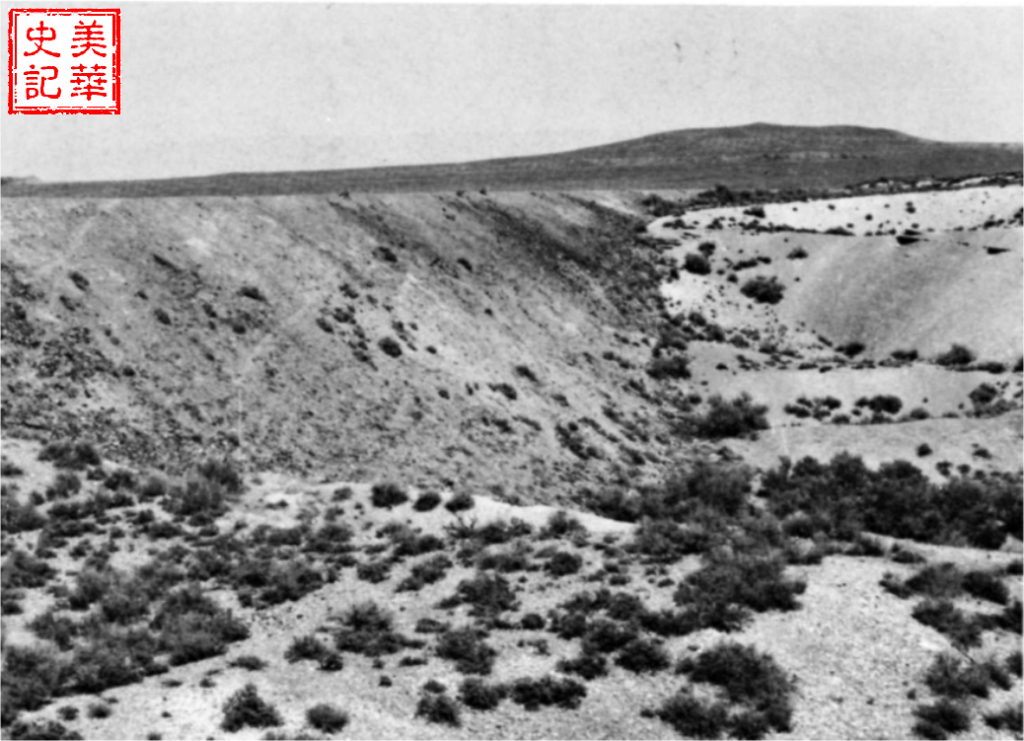
Figure 6. The sizeable earthen fill carries the railroad over Dove Creek Sink. (BLM photo) 6
After eight years of research, Dr. Doug opened a promising Goji Berry nursery in Cache Valley, Utah, and a brand-new health food industry was born. It has been as thriving as the Goji plants in the Western desert. According to Nathen, Goji bushes from Phonex Tear Nursery now grow in all low 48 states.
We, as human beings, learn through sharing and communication. A similar exchange between East and West is still ongoing. In the 21st-century of China, wild black Goji has become a popular health supplement. It was believed that the black Goji is packed with vitamins, minerals, and OPCs (Oligomeric Proantho Cyanidins), contains less sugar and is even more “efficacious” than red Goji. My Mom generously shared her knowledge and black Goji berries with Nathan, and hopefully, friendships and legends will continue to flourish at Phoenix Tear Nursery.
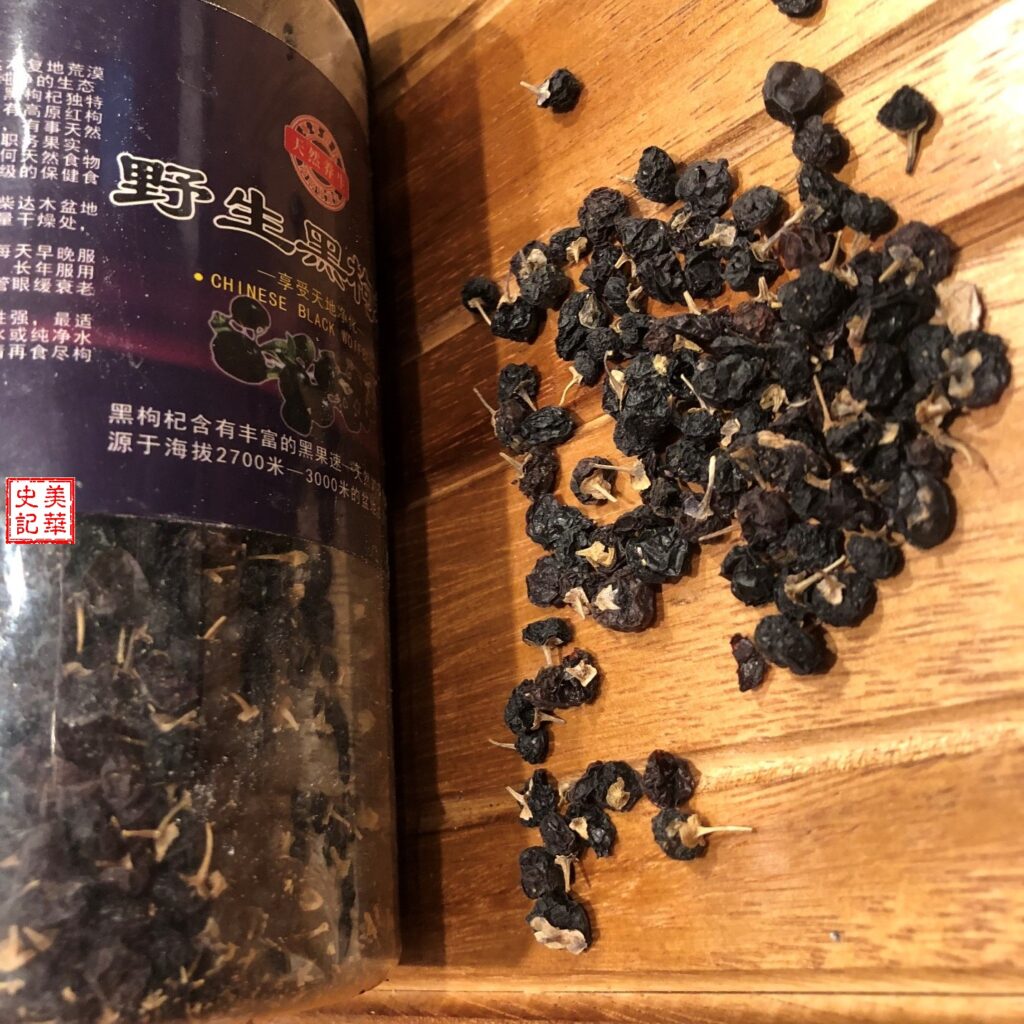
Figure 7. Wild Black Goji Berry, Photo by Tina Feng
References:
- Interview with Mr. Nathan Doug, 2022. At Phoenix Tears Nursery, Utah
- Doug, Nathan. “Phoenix Tears Nursery.” Phoenix Tears Nursery, Weebly,
www.phoenixtearsnursery.com/. Accessed January 11, 2023. - Utah State History. “Rails East to Ogden: Utah’s Transcontinental Railroad
Story.” Cultural Resources Series, November 23, 2021, issuu.com/utah10/docs/rails_east_to_ogden. Accessed January 11, 2023. - Taylor, Troy. “The Phantoms of Dove Creek Camp.” Cross Bone Witches BOS,
Awesome, March 2, 2021, crossbonewitches.blogspot.com/2011/03/
phantoms-of-dove-creek-camp.html. Accessed January 11, 2023. - Francaviglia, Richard V. “Over The Range.” Utah State University Digital
Commons, 2008, digitalcommons.usu.edu/cgi/
viewcontent.cgi?article=1114&context=usupress_pubs. Accessed January 11, 2023. - Raymond, Anan S., and Richard E. Fike. “Rails East to Promontory The Utah
Stations.” Rails East to Promontory The Utah Stations.
Edited by Zhida Song-James
Acacia Yu is a middle school student in Cache Valley, Utah. She has been involved in historical research and skill development since 5th grade and has twice participated in National History Day. This article is based on her research and experience.